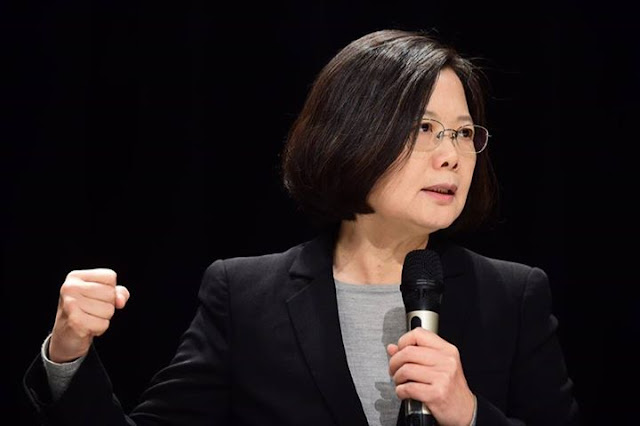 |
| English teacher Ayana Wyse |
Whether you're facing uncertainty or simply a little nervous, sometimes in life you have to just go for it like Ayana Wyse did when she made the decision to move to Osaka, Japan nearly five years ago after she started learning Japanese on her own while still living in Brooklyn, New York.
"I decided to live [in Japan] after months of studying because I wanted to try a new life, learn the language in the country and was inspired by my friend who lived in Japan for a few months."
Actually, before moving to Japan, Wyse had some experience being out of her element and changing her scenery stateside in New York. After growing up in a predominately White area in the county of Westchester, New York, she was happy to move White Plains, the more diverse area of the county. Nonetheless, her Black peers were well aware of her less divergent background.
"I was excited to...experience a new [high school] with new people and more diversity. When I went there though, many of the Black people teased the way I talked...I still made an effort to befriend mostly Black people so I didn't have to stick out so much any more although now I'm back to being one of the few Black again [in Japan]."
Although Wyse's peers might've felt she was not in touch with Black culture, in reality, Wyse and her older brother—five years her senior—grew up being educated about her Caribbean and by extension African roots as her father is from Grenada.
Like other kids of the 90s, Wyse and her older brother also enjoyed Japanese pop culture in the form of anime. Rouroni Kenshin; Tenchi Muyo; Pokemon; Digimon; and Yu-Gi-Oh! were a few of their favorites.
"My brother was interested in anime first with Dragon Ball and I with Sailor Moon. At the time, I didn't know it was from Japan."
Later, Wyse began to learn about other aspects of Japanese culture, and became particularly interested in geisha and samurai. Eventually, she studied at two colleges. However, she majored in Communications rather than Japanese.
"First I went to Seton Hall...[which] had a good track and field team which [I] entered in...I transferred to University of North Carolina in Charlotte after two years for a better track team."
At UNC Charlotte, Wyse majored in Communications since there was no Japanese major. However, she changed her mind about working in media after she graduated. Two years after graduation, she took inspiration from her childhood best friend who worked as an ALT (assistant language teacher) in Japan for six months, and from her brother who was studying Brazilian Portuguese when she began to teach herself Japanese after college.
"It was the year 2010 in January [that] I made a New Year's resolution to study a new language because I saw my brother learn Brazilian Portuguese and I worked at a cafe in NYC where the owners spoke English and Hebrew, and the cooks were Spanish. Everyone being able to speak more than one language made me jealous, so...I tried to fix that by learning Japanese on my own."
























